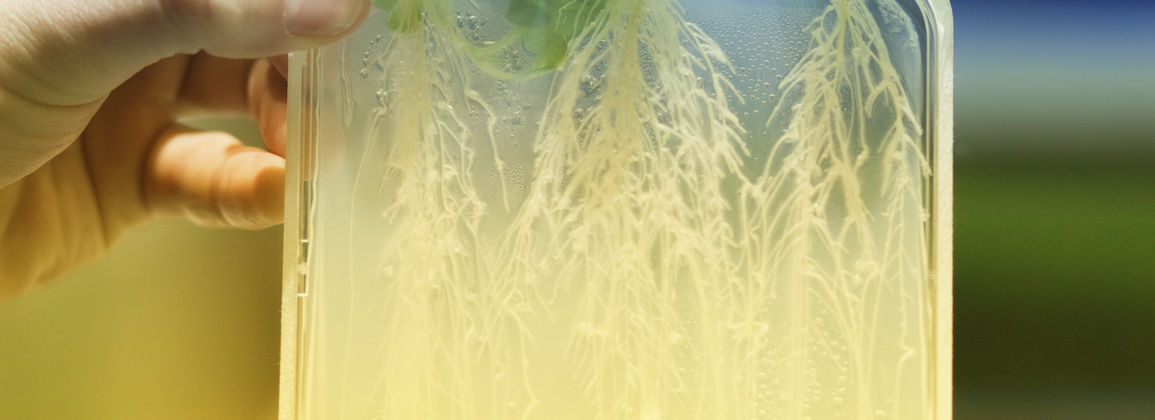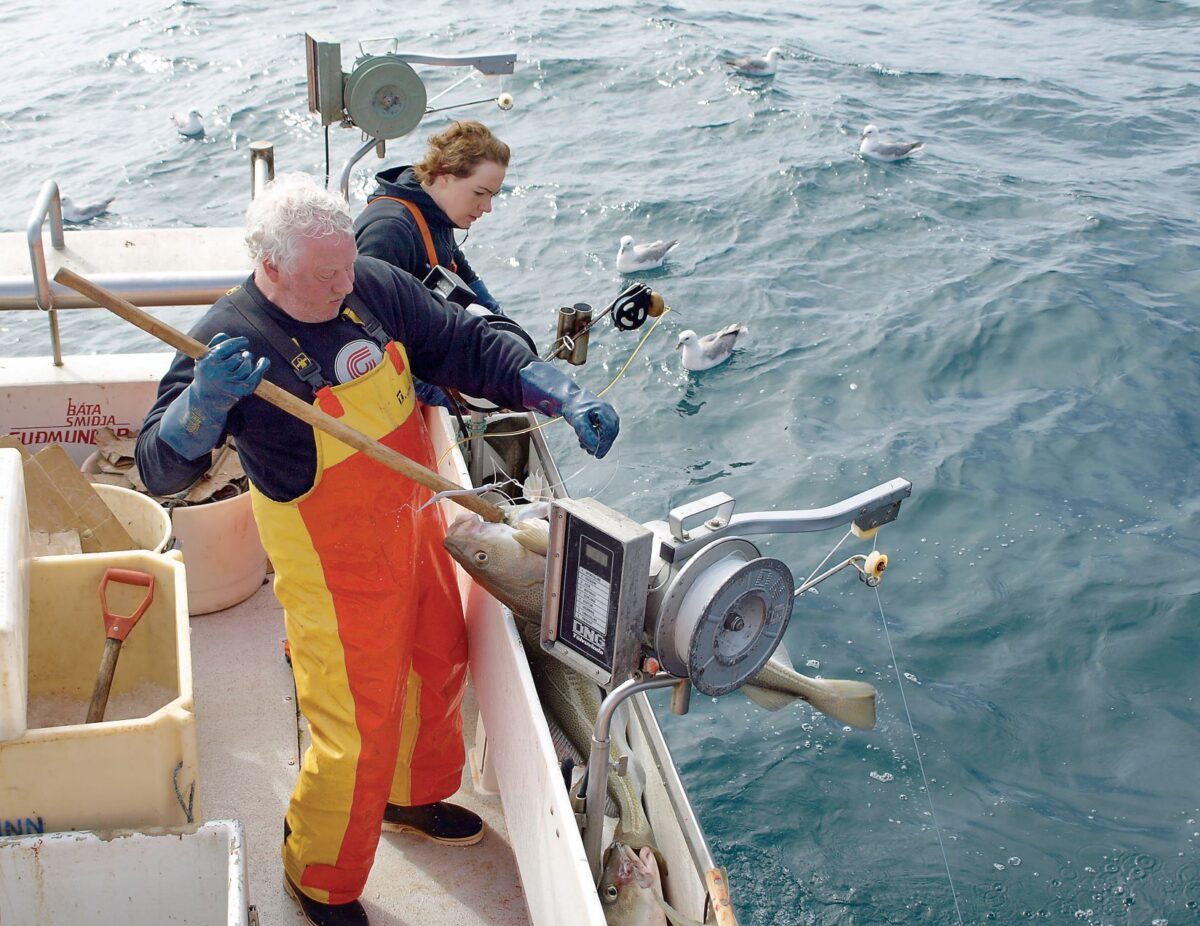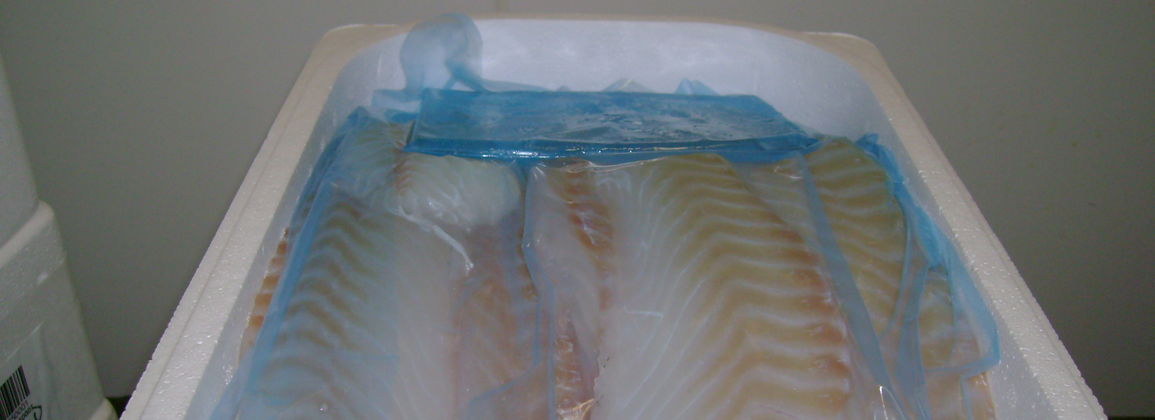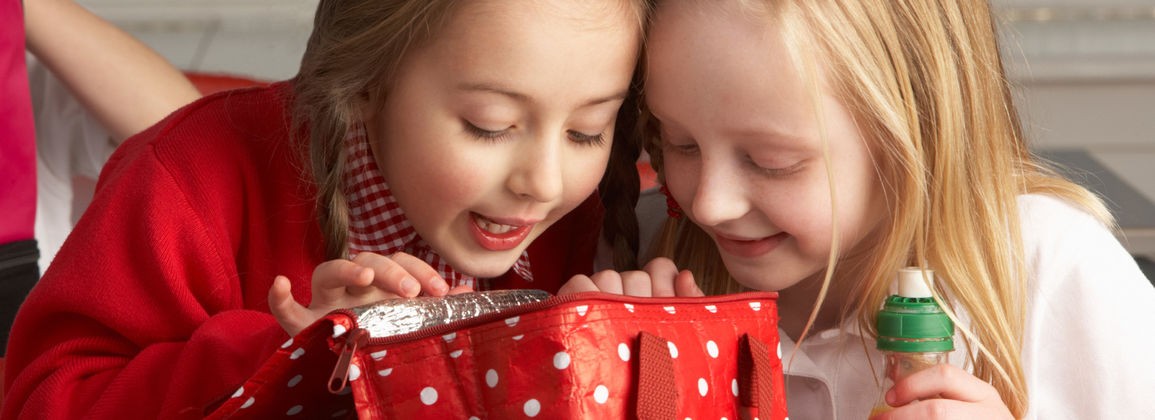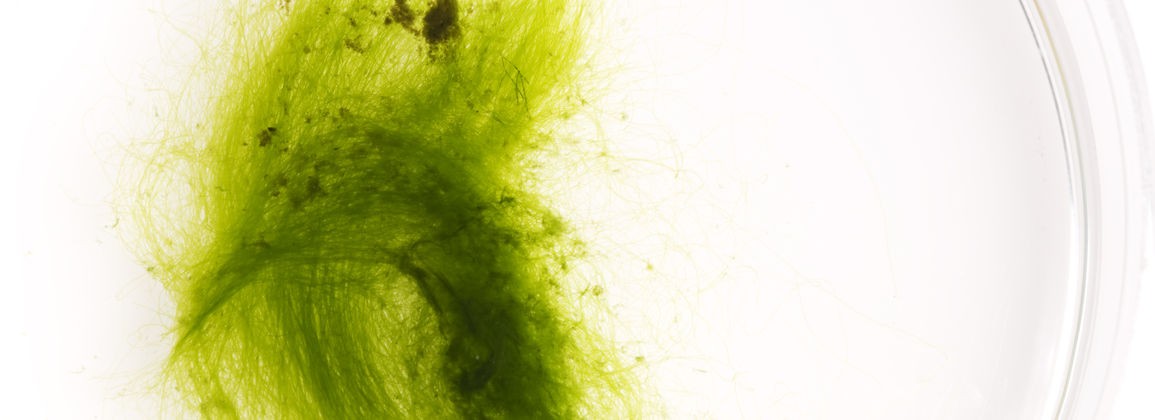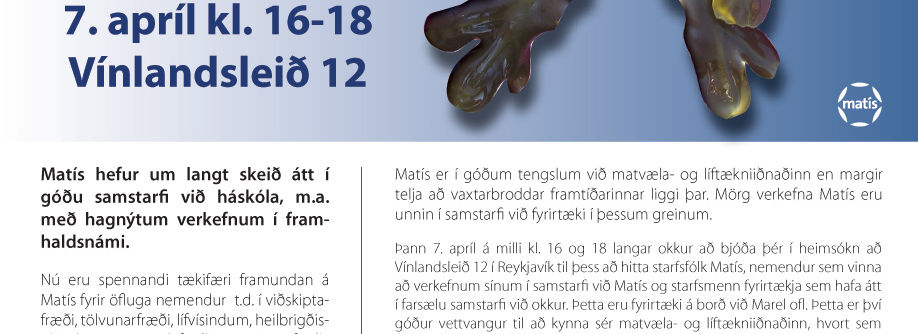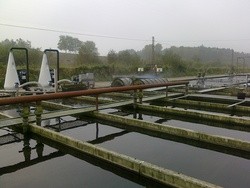Last Friday, April 1, María Guðjónsdóttir defended her doctoral dissertation "Quality changes in marine products during processing measured by NMR and NIR spectroscopy" (e. Quality changes during seafood processing as studied with NMR and NIR spectroscopy)
at the Department of Biotechnology Norwegian University of Technology in Trondheim (Norwegian University of Science and Technology, NTNU, Department of Biotechnology) in collaboration with Matís.
The main supervisor was Professor Turid Rustad (NTNU), but the doctoral committee also included Sigurjón Arason, chief engineer at Matís and associate professor at the University of Iceland, and Dr. Sveinn Margeirsson, CEO of Matís. Opponents were Prof. Anders Karlsson from the University of Copenhagen and Dr. Kristin Lauritzsen from the University of Tromsø. The chairman of the doctoral evaluation committee, Oleksandr Dykyy, associate professor at NTNU, chaired the ceremony.
The project was carried out as part of the projects Quick measurement methods for food processing in collaboration with Marel (funded by the Rannís Technology Development Fund no. 071320008), Chill-on (strength of the 6th Framework Program of the European Union No. FP6-016333-2), Refrigeration (funded by the Rannís Technology Development Fund no. 061358008 and AVS no. R 061-06), Processing and quality control of farmed cod (supported by ACP No R026-06), Optimization of the thawing and pickling process of shrimp for pelleting (supported by ACP) no. R086-09), Process control for fishing, processing and processing of salted fish (supported by ACP No R042-05) and Maximum resource utilization - Value added by fish by-products, (sponsored by Nordic Innovation Center - NICe no. 04252).
The dissertation is based on five peer-reviewed scientific articles. Three of them have already been published and the other two have been approved for publication.
Summary
The production of seafood is a complex process that involves a number of stages where quality can be lost during processing and storage. The aim of the project was to gain a deeper understanding of the changes that take place within the muscles of seafood during processing and storage and how these changes affect the quality of the final product. The processes examined in the project were the different processing characteristics of wild cod and farmed cod (Gadus morhua) in the production of lightly salted products, the effect of the salting method, supercooling and aerated packaging on the storage of cod neck pieces, the effect of different pre-salting methods in the production of salted fish, the effect of protein injection on the quality and stability of saithe fillets (Pollachius virens) in freezing and refrigeration and the effect of polyphosphate concentration during pre-storage and storage duration during processing of cold-sea shrimp (Pandalus borealis).
Low field nuclear magnetic resonance (LF-NMR) technology was used to measure water distribution and to assess the water properties of the muscle. Relaxation time measurements indicated that 1-3 groups of water could be found in the muscle depending on how the samples had been treated. Multivariate analysis was performed to compare the results of spectroscopic methods with the results of conventional measurement methods and to facilitate the interpretation of results. Principal Component Analysis was used to find which covariates were co-ordinated and Partial Linear Square models were then used to find which variables showed a statistically strong correlation. A strong correlation was found between the NMR measurements and parameters that describe the water properties of the muscle, such as water content, water resistance, water activity, drip and boiling efficiency during processing, but also other important variables describing the chemical and physical properties of the muscle. TVB-N and TMA) to name a few variables. The project then indicated that low NMR can be used to assess the effects of deformation and degradation processes on the muscles of marine products, as the processes affect the water properties of the muscle.
The use of unilateral low field NMR magnets was tested in shrimp processing. The technology proved to be promising for use in real-time measurements of the quality factors of shrimp and other marine products, although more work needs to be done to optimize the measuring settings of the device.
Real-time near-infrared (NIR) shrimp fiber tests were also tested in the project. A strong correlation was found with the water content and water resistance of the shrimp based on traditional chemical measurements. Calibrations ready for use in shrimp processing lines were created for these variables.
The project shows that LF-NMR and NIR are very useful methods for real-time measurements of various chemical and physical properties of marine products during processing and storage. However, these methods need to be optimized and adapted for each process with regard to the properties of the raw material, the choice of processing method, the choice of additives and auxiliaries and their concentration, what the final product should be and assess based on which quality variables are most important. each process individually.
Password: Low field Nuclear Magnetic Resonance (LF-NMR), marine products, muscle properties, process control, near infrared spectroscopy (NIR), chemical and physical properties.
María was born on August 25, 1980 in Reykjavík. She completed her B.Sc. degree in chemical engineering from the University of Iceland in collaboration with the University of California, Santa Barbara 2004 and M.Sc. degree in chemical engineering with a focus on physics from Chalmers University of Technology in Gothenburg in 2006. María has worked for Matís as a project manager in the processing and value chain division since 2007. Her research has focused on the development and use of rapid measurement methods to assess the chemical and physical properties of food. how to use such methods to improve food processing processes. Maria's parents are Dr. Guðjón Haraldsson, urologist and Sigríður Siemsen, pharmacist. Maria's boyfriend is Edmond Eric Alexandrenne, an engineer, and they have a son, Oliver Alexandrenne.
Inquiries can be directed to María Guðjónsdóttir at tel. 422-5091 or by e-mail mariag@matis.is.
List of articles from the project
I.Gudjonsdottir M, Gunnlaugsson VN, Finnbogadottir GA, Sveinsdottir K, Magnusson H, Arason S, Rustad T. 2010. Process control of lightly salted wild and farmed Atlantic cod (Gadus morhua) by brine injection, brining and freezing – A low field NMR study. Journal of Food Science 75 (8), E527-536.
II. Gudjónsdóttir M, Lauzon HL, Magnússon H, Sveinsdóttir K, Arason S, Martinsdóttir E, Rustad T. 2011. Low field Nuclear Magnetic Resonance study on the effect of salt and modified atmosphere packaging on cod (Gadus morhua) during superchilled storage. Food Research International 44, 241-249.
III. Gudjónsdóttir M, Arason S, Rustad T. 2011. The effects of pre salting methods on water distribution and protein denaturation of dry salted and rehydrated cod - A low field NMR study. Journal of Food Engineering 104, 23-29.
IV. Gudjónsdóttir M, Karlsdóttir MG, Arason S, Rustad T. 2010. Injection of fish protein solutions to fresh saithe (Pollachius virens) fillets studied by low field Nuclear Magnetic Resonance and physicochemical measurements. Accepted for publication in Journal of Food Science and Technology.
V. Gudjónsdóttir M, Jónsson Á, Bergsson AB, Arason S, Margeirsson S, Rustad T. 2010. Shrimp processing assessed by low field Nuclear Magnetic Resonance, Near Infrared spectroscopy and physicochemical measurements - The effect of polyphosphate content and length of pre-brining on shrimp muscle. Accepted for publication in Journal of Food Science.

